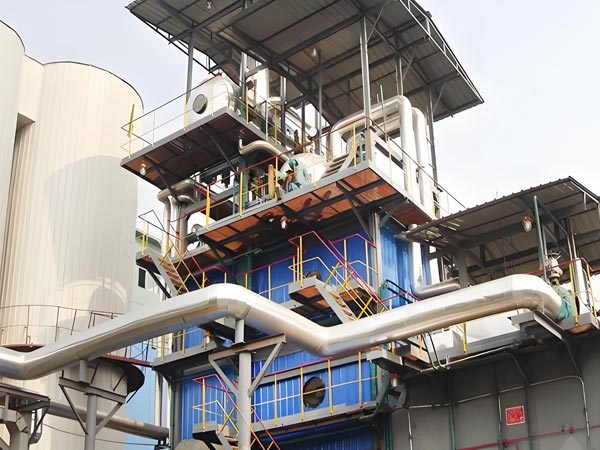
In the process of industrial production and energy consumption, a large amount of NOx emissions become an important source of air pollution.Denitrification technology provides key support for improving air quality by reducing NOx levels.
The core principle of denitrification technologies, such as Selective Catalytic Reduction (SCR) and Selective Non-Catalytic Reduction (SNCR), is to reduce NOx to harmless nitrogen and water by using reductants.NOx is an important precursor for the formation of acid rain, photochemical smog, and fine particulate matter (PM2.5).

When denitrification technology effectively reduces NOx emissions, the generation of acidic substances in the air is reduced, and the frequency of acid rain and the degree of harm are subsequently reduced; at the same time, the chain reaction in the formation of photochemical smog is blocked, and the concentration of harmful pollutants such as ozone is controlled.In addition, the process of secondary aerosol formation by the reaction of nitrogen oxides and volatile organic compounds is suppressed, and the proportion of secondary particles in PM2.5 is significantly reduced, thus reducing the probability of hazy weather.
From the macro level, the widespread application of denitrification technology plays a positive role in improving regional and global air quality.As industrial enterprises and coal-fired power plants continue to promote the upgrading of denitrification facilities, the concentration of nitrogen oxides in the atmosphere has been gradually reduced, the number of days with blue skies and white clouds has been increasing, and people's respiratory environment has been effectively improved.This not only contributes to the sustainable development of the ecological environment, but also provides an important safeguard for public health.